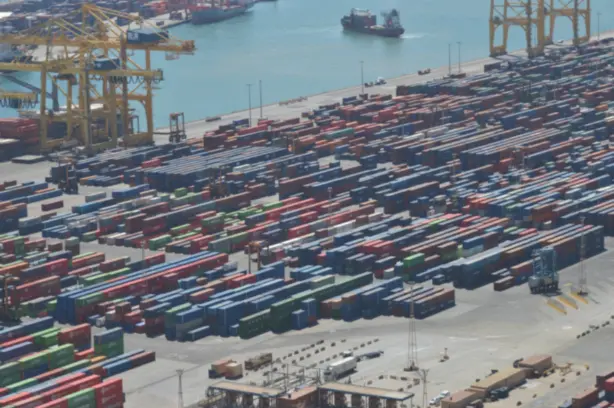
Trump’s 50% Levy On Brazil Shows World Nothing Is Off Limits
July 10, 2025 Article from Bloomberg by Hadriana Lowenkron Article

Preserve Gold is your dependable guide through the precious metals investing process. Get Started
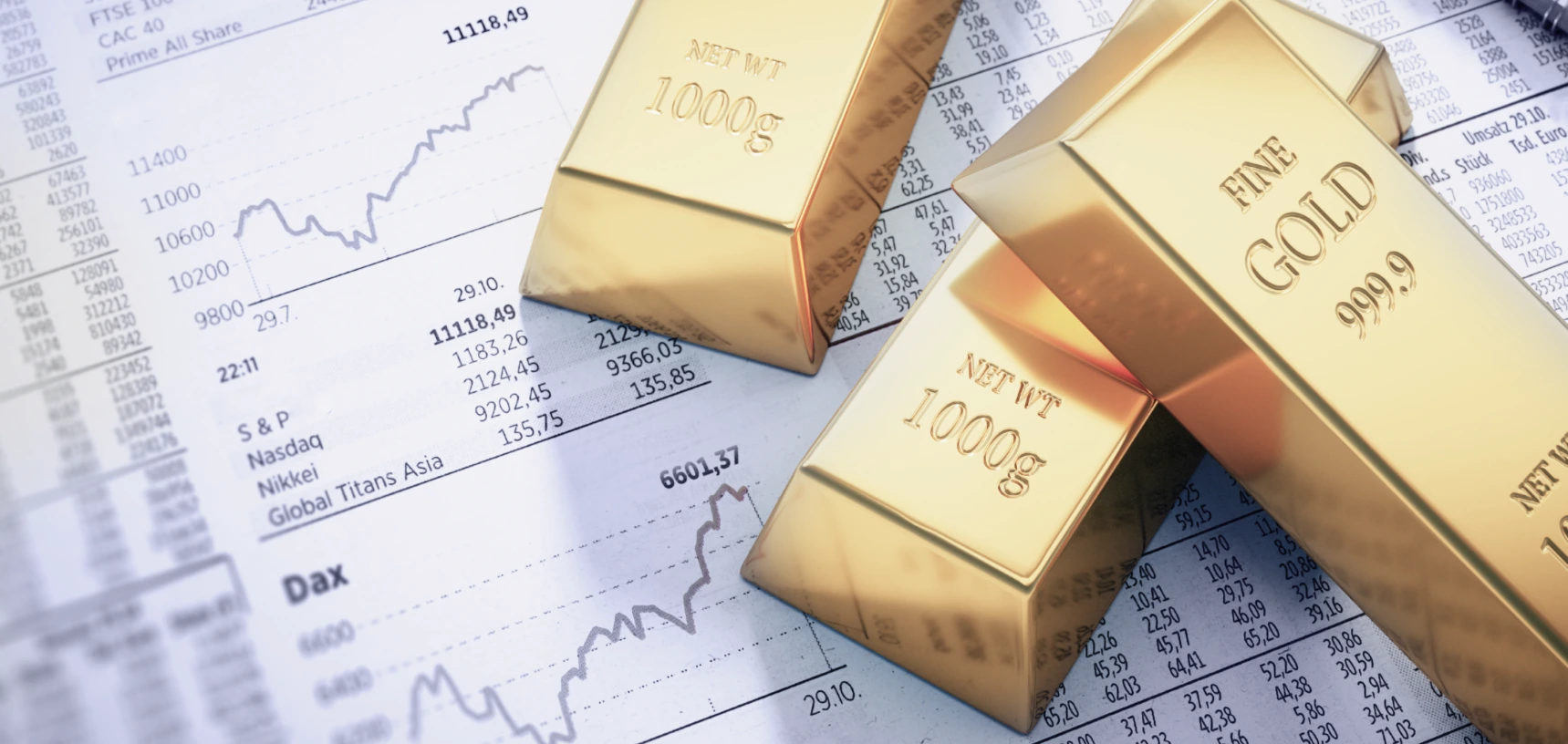

July 10, 2025 Article from Bloomberg by Hadriana Lowenkron Article

July 6, 2025 Article from Fox News by Caitlin McFall
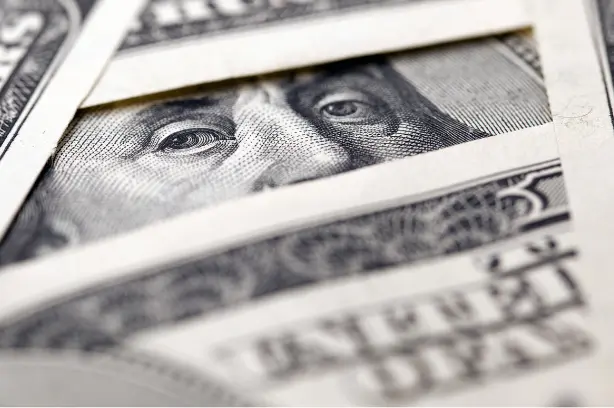
July 2, 2025 Article from The Gateway Pundit by Robert
Take our online quiz to test your understanding of IRAs and retirement planning.

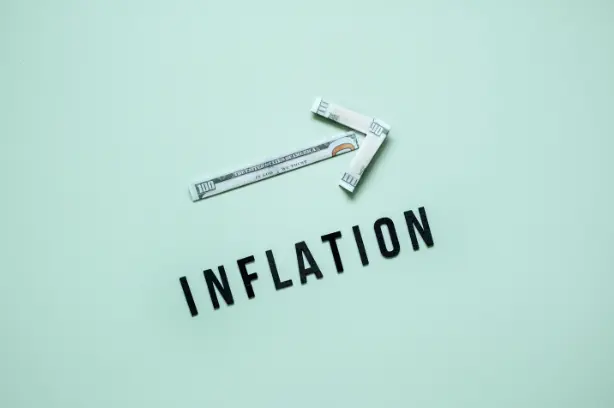
June 27, 2025 Article from Alternet by Adam Lynch Article
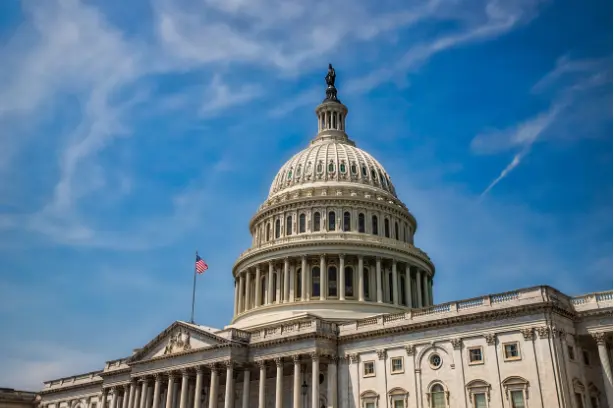
June 25, 2025 Article from Yahoo Finance by Ben Werschkul
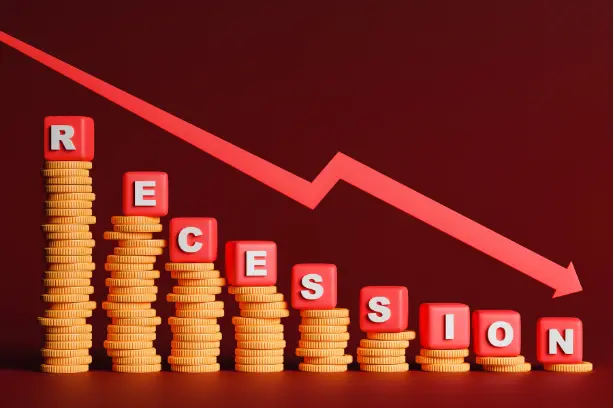
June 21, 2025 Article from Business Insider by Christine Ji

Request your free investment guide to discover the power of precious metals investing.